Lumens: Does total increase with each tube?
uweas
17 years ago
Related Stories
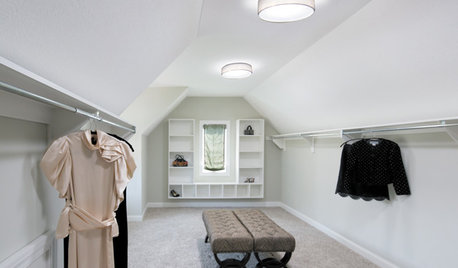
GREAT HOME PROJECTSHow to Add a Skylight or Light Tube
New project for a new year: Increase daylight and maybe even your home’s energy efficiency by opening a room to the sky
Full Story
INSIDE HOUZZHow Much Does a Remodel Cost, and How Long Does It Take?
The 2016 Houzz & Home survey asked 120,000 Houzzers about their renovation projects. Here’s what they said
Full Story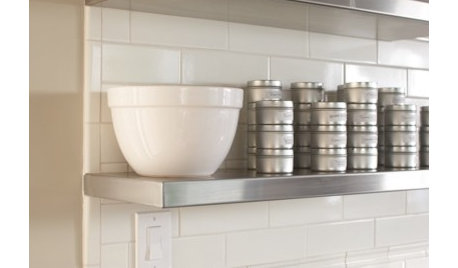
KITCHEN DESIGNHow Much Does a Kitchen Makeover Cost?
See what upgrades you can expect in 3 budget ranges, from basic swap-outs to full-on overhauls
Full Story
REMODELING GUIDESBathroom Workbook: How Much Does a Bathroom Remodel Cost?
Learn what features to expect for $3,000 to $100,000-plus, to help you plan your bathroom remodel
Full Story
MOST POPULARWhen Does a House Become a Home?
Getting settled can take more than arranging all your stuff. Discover how to make a real connection with where you live
Full Story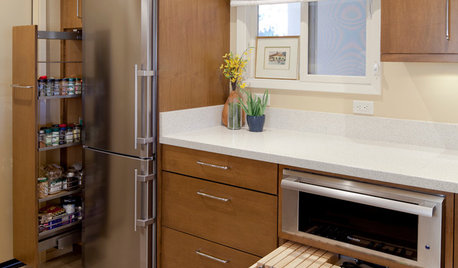
ORGANIZINGYour Total Home Organizing and Decluttering Guide
Take it slow or be a speed demon — this room-by-room approach to organizing and storage will get your home in shape no matter how you roll
Full Story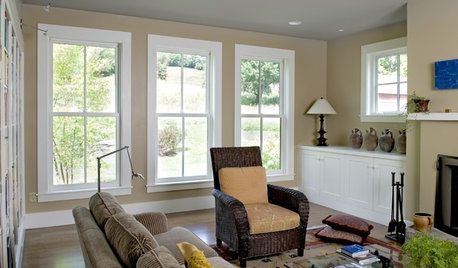
LIGHTINGSo You Bought a Cave: 7 Ways to Open Your Home to Light
Make the most of the natural light your house does have — and learn to appreciate some shadows, too
Full Story
FARM YOUR YARDHello, Honey: Beekeeping Anywhere for Fun, Food and Good Deeds
We need pollinators, and they increasingly need us too. Here, why and how to be a bee friend
Full Story
ARCHITECTUREThe Bay Window Goes Modern
Square tubes, cantilevered cubes, mixed glass ... new plays on bay windows are boldly branching out in modern architecture
Full Story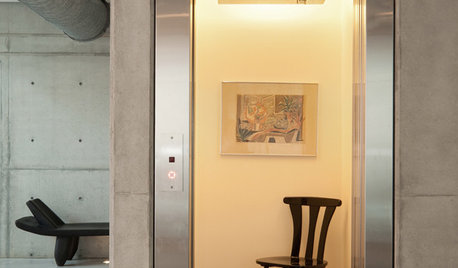
REMODELING GUIDESHome Elevators: A Rising Trend
The increasing popularity of aging in place and universal design are giving home elevators a boost, spurring innovation and lower cost
Full StorySponsored
More Discussions






ralleia
aes123
Related Professionals
Kyle Landscape Architects & Landscape Designers · Montgomeryville Landscape Architects & Landscape Designers · Peabody Landscape Contractors · Ashburn Landscape Contractors · Madera Landscape Contractors · St. Louis Landscape Contractors · Tewksbury Landscape Contractors · Chaska Fence Contractors · Libertyville Fence Contractors · Pekin Fence Contractors · Castaic Fence Contractors · Knoxville Roofing & Gutters · New Lenox Roofing & Gutters · Roswell Roofing & Gutters · Ojus Roofing & Guttersralleia
uweasOriginal Author
highjack
shrubs_n_bulbs
aes123
shrubs_n_bulbs
highjack
aes123
shrubs_n_bulbs
aes123
uweasOriginal Author
ccc1
ralleia
ccc1